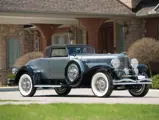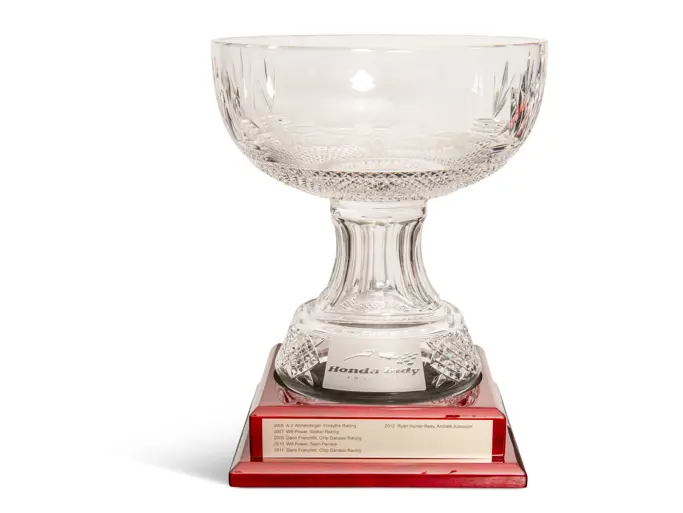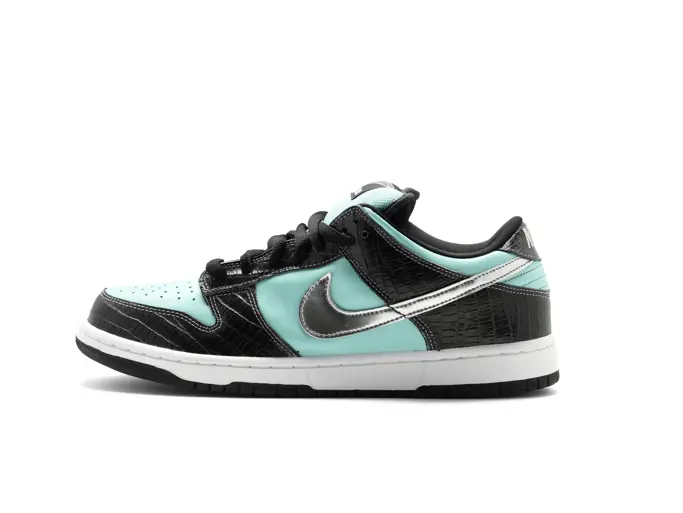Auburn Fall 2013
1930 Duesenberg Model J
Coachwork by Murphy, J-331
{{lr.item.text}}
$1,540,000 USD | Sold
 | Auburn, Indiana
| Auburn, Indiana
{{internetCurrentBid}}
{{internetTimeLeft}}

- From the Collection of Ross McEachran
- The most desirable Duesenberg body style: the Murphy Convertible Coupe
- Original engine, chassis, and body from new
- Built for a member of the du Pont family
- Formerly the property of Bill Chorkey and Ronald Benach
Coachwork by Murphy
Chassis no. 2347
Engine no. J-331
265-hp, 420-cid DOHC inline eight-cylinder, three-speed manual transmission, beam type front and live rear axles with semi-elliptic leaf springs, and vacuum-assisted four-wheel hydraulic drum brakes. Wheelbase: 142.5-inches
While brothers Fred and Augie Duesenberg are remembered best for creating the immortal Model J, their reputations had already been forged and tested in the heat of competition. As a result, their highly advanced racing technology found its way into all their road cars, with specifications making competitors’ offerings dated in comparison and remaining surprisingly current even by today’s standards. In particular and most obvious, the Model J’s dual-overhead cam inline eight-cylinder engine, a visually impressive 420-cubic inch unit, developed 265-hp in normally aspirated form and featured a free-breathing, four-valve cylinder head.
Despite the Model J’s massive proportions, with its short-wheelbase chassis measuring 142½-inches and the long one 153½-inches, extensive use of lightweight heat-treated aluminum parts and components provided significant weight savings and preserved the car’s commanding performance. Other remarkable Model J features included a fully automatic chassis-lubricating system that operated every 30 to 60 miles, Fred Duesenberg’s excellent two-shoe hydraulic drum brakes and complete instrumentation including a 150-mph speedometer, tachometer, altimeter, an eight-day clock with a split-second stopwatch hand and more.
Duesenberg ordered sufficient components to build 500 Model Js, while continuing development to ensure the model’s close approximation to automotive perfection. The first delivery came in May 1929, barely five months before Black Tuesday. Priced from $8,500 in 1929 and increased to $9,500 for 1931, the bare Model J chassis included the fenders, bumpers, Delco shock absorbers and six wire-spoke wheels, with two mounted in the front fender wells. The finest materials were used throughout, and fit and finish were performed to impeccable standards. Each chassis was tested at Indianapolis over 100 miles at high speed without bodywork, and once released it was cloaked with stunning open or closed bodywork by the world’s finest bespoke coachbuilders.
The Walter M. Murphy Company’s association with the Model J Duesenberg began at the beginning, and until its folding in 1932, the California coachbuilder produced more bodies for the Model J than any other firm. Its most popular offering was the Convertible Coupe, a sleek and trim design with a svelte rear contour, created by a beltline molding that ran directly from the hood through the body, as well as fully disappearing side windows that gave the car a lightweight, roadster-like appearance. This style was the least expensive style in the Model J factory catalogue, retailing at $13,500, and was the most popular, with 60 produced, of which about half – including the example offered here – had the standard fabric top concealed in a boot at the rear of the body.
This car was delivered new on September 27, 1930, by the Duesenberg factory branch in New York City to Louise D’Andelot Carpenter Jenney. Mrs. Jenney was an heiress to the du Pont fortune, and lived an exotic life of eccentric luxury. She favored men’s suits and ties, and wore them to the parties of a social circle that included many of the great names of the 1930s jet set, including Tallulah Bankhead and Greta Garbo. Yet, she was a country girl who disliked the big city life; instead, she preferred hunting and breeding thoroughbred racehorses, and was a pioneer of female aviation. The famous “She Drove a Duesenberg” advertisement, picturing a well-dressed lady hunter with shotgun at hand, would have represented just another day in the life for Louise.
Mrs. Jenney drove her Duesenberg for almost three years before selling it to the second owner, fellow Delaware resident Albert Ely Ives, on May 10, 1933. Ives kept the car for nearly a decade before selling it to Clyde Ayrand of Chicago, in May 1942, via local Duesenberg dealer extraordinaire, John Troka. Ayrand drove the car extensively, including a round trip to New Orleans in 1947.
In June of 1949, the car passed to Don Kime of Indiana, and again a couple of years later to its second lady owner, May Guiler of Greenwood, Indiana. Mrs. Guiler retained the car until January of 1953, when she sold it to Allen F. Bennett of Kokomo, who became the second long-term owner, keeping the Duesenberg for nearly ten years. It then passed through a succession of known owners, and was later part of the noted collection of Ronald Benach, near Chicago, where the car has spent the majority of its life.
Wearing an older but extremely well-done restoration, Mrs. Jenney’s Duesenberg boasts outstanding ironclad provenance, retaining its original engine, chassis, firewall, and body, none of which were at any time separated from the balance of the car, as verified by ACD Club Category One Certification; the ownership is continuous and well-known from new. The car continues to present beautifully, and is fully suitable for use as the most high-end of tour cars; with minor freshening, it would be competitive in local concours and shows.
This Duesenberg stands out among the crowd, which would no doubt have pleased its original owner.





